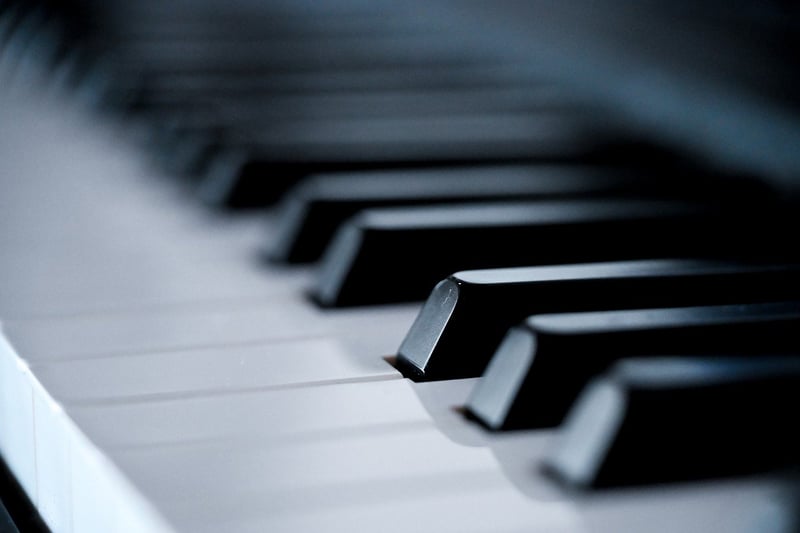Astrophoto composition
Mastering Astrophoto Composition: A Beginner's Guide
Are you fascinated by the beauty of the night sky and want to capture stunning astrophotos that leave viewers in awe? Mastering astrophoto composition is key to creating visually striking images that stand out. Whether you're a beginner or looking to enhance your skills, this guide will help you understand the basics of composing breathtaking astrophotos.
Understanding Astrophoto Composition
Astrophoto composition involves arranging the elements in your frame to create visually appealing images of the night sky, stars, planets, and celestial events. By mastering composition techniques, you can elevate your astrophotography from ordinary to extraordinary.
Key Elements of Astrophoto Composition:
- Foreground: Including a compelling foreground element such as trees, mountains, or landmarks adds depth and context to your astrophoto.
- Stars and Celestial Bodies: Positioning the stars, planets, and other celestial bodies in your frame requires planning to achieve balance and harmony.
- Composition Rules: Techniques like the rule of thirds, leading lines, and framing can help create visually pleasing astrophotos.
- Lighting and Exposure: Understanding how light affects your composition and mastering exposure settings are crucial for capturing stunning astrophotos.
Tips for Mastering Astrophoto Composition:
- Plan Your Shot: Scout locations during the day, use apps to track celestial events, and anticipate the best time to capture the night sky.
- Use a Sturdy Tripod: Stability is essential for long-exposure shots, so invest in a reliable tripod to avoid camera shake.
- Experiment with Different Lenses: Wide-angle lenses are great for capturing expansive views of the night sky, while telephoto lenses can zoom in on specific celestial objects.
- Consider Light Pollution: Choose dark sky locations away from city lights for clearer and more vibrant astrophotos.
Resources for Astrophoto Composition:
Continuously learning and practicing astrophoto composition is key to improving your skills. Here are some resources to help you on your journey:
- Lonely Speck - A website dedicated to astrophotography tutorials and tips.
- Light Pollution Map - Helps you find dark sky locations for optimal astrophoto shooting.
Now that you have a better understanding of astrophoto composition, grab your camera, head outside, and start capturing the mesmerizing beauty of the night sky!

